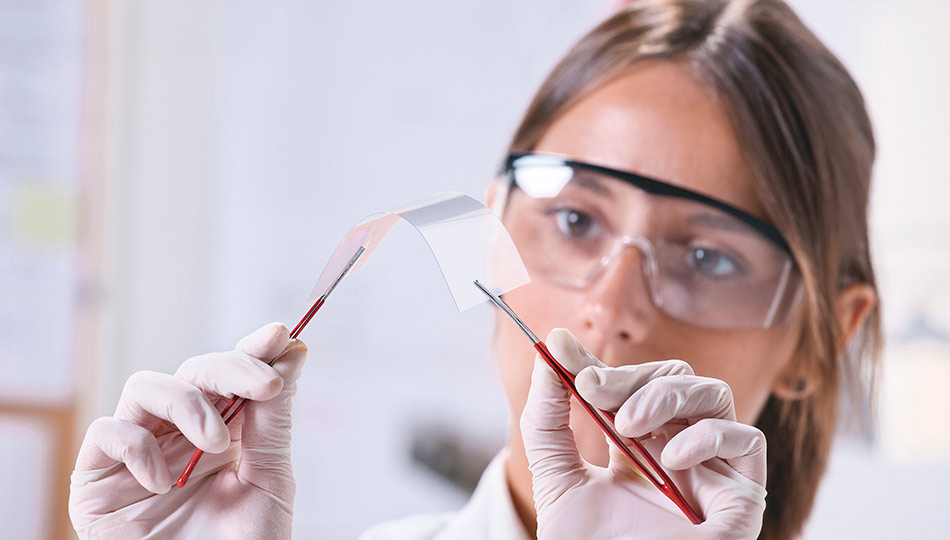Nanomaterials at work
Nanomaterials are almost everywhere nowadays, but some workers are more exposed to them than others. If you are working with the tiny particles in one way or another, you might want to read this.

Some workers are often exposed to nanomaterials in a different and more direct way than consumers even though these days you can find nanomaterials in a lot of products.
Nano silver reduces bacteria and is therefore used in clothes, dishwashers, refrigerators and hospital equipment to give a few examples. Other nanomaterials are used in food, electronics, cosmetics and many more everyday products.
When inhaled, some nanomaterials might cause inflamed lungs and if they enter the bloodstream, they might also reach other organs such as the liver, kidney and spleen where they could cause a toxic effect.
The risk of nanomaterials has to be assessed case-by-case like any other chemical, but more data is still needed before we can properly assess their safety. ECHA and other authorities are working to clarify how chemical legislation should be applied for nanomaterials so that we can ensure their safe use.
Who works with nanomaterials?
You can come into contact with nanoparticles in any workplace where they are produced or handled. There are a few hotspots, for example, if you:
- work in a packing area where nanoparticles are manufactured
- clean or maintain equipment such as filters
- work with welding processes
- paint or sand surfaces
- collect, transport or dispose waste
How do I come into contact with nanomaterials?
Nanomaterials can enter your body in three different ways: you can inhale them, eat or drink them, or they can be absorbed through the skin.
Many pigments in paints, for example, are actually nanomaterials. When using a spray paint you might inhale them if no protection is used. It is therefore important to read the labels to ensure the product is handled safely.
Contact with the skin can occur when you handle powder or liquid such as paint or when you are in a dusty atmosphere with nanoparticles.
Nanoparticles are not expected to enter the body through healthy skin, but minimising skin contact and following occupational hygiene practice is always advised.
Swallowing nanoparticles would likely only happen if safety rules are not followed, for example, if you do not wash your hands or if you wear protective clothes outside the work area after you have been working with nanomaterials.
Where do I get advice?
If you are not sure whether the materials you are working with contain nanoparticles, you should be able to find out by reading the labels and pictograms showing potential hazards. There should also be a safety data sheet about the risks, personal protection equipment and advice on what to do in case of accidental exposure. If you are still not sure, you should ask your line manager or the safety adviser at your workplace.

Previous Next Layout
Read Also
-
general
What are nanomaterials?
Nanomaterials are really small. In fact, really, really small. Yet they may have a big impact on your everyday life that makes them exciting and important to know about.
READ MORE -
 general
generalNanomaterials and health
Are substances in nanoforms more dangerous than they are in their normal size? Some are and some are not. Just like any other chemical substance, nanomaterials have to be assessed separately.
READ MORE
